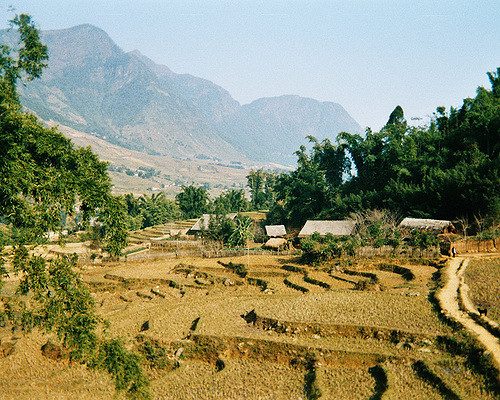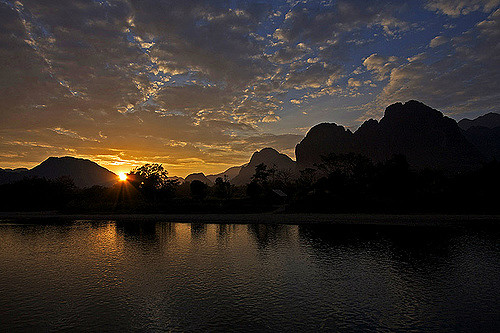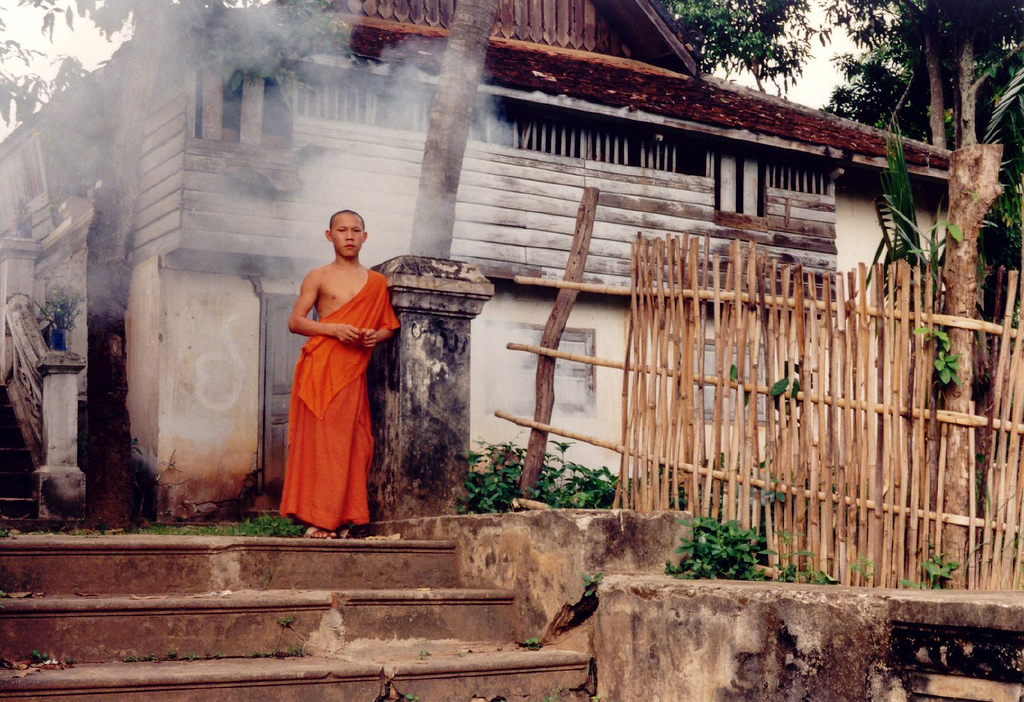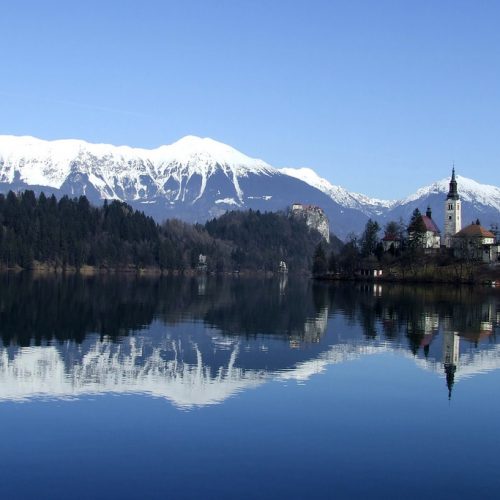- Have any questions?
- 080 2558 0771
- 080 2558 0772
- mail@beleastmail.com
Day 1: Luang Prabang
Situated on the Mekong River, the city is nestled in a stunning river valley surrounded by dramatic mountains. In 1995, the town was recognised as a UNESCO World Heritage Site because of the well-preserved remnants of the ancient Lane Xang Kingdom, many of which date from the 13th to the 15th centuries.
Start the tour at Wat Visoun (Wat Wisunalat). Built by King Vishunarat in 1512, this is the oldest living temple in the city. Within the temple grounds is a large, peculiar-shaped stupa called ‘That Makmo’ or ‘Watermelon Stupa’. Inside the temple is an impressive collection of antique wooden Buddha images.
Visit the nearby Wat Aham before continuing to Wat Xieng Thong, the crowning jewel of all the monasteries and temples in the city. Its many ornate buildings feature exquisite mosaic and gold-stenciled murals. It was used for the highest royal ceremonies and houses the funeral vehicle of the former king.
From there, stroll down the main street of Luang Prabang, stopping at some of the many temples that line its sides, including Wat Sibounheuang, Wat Si Moungkhoun, Wat Sop and Wat Sene.
Overnight in Luang Prabang.
Day 2: Luang Prabang
Travel up the Mekong River to the steep limestone cliffs overlooking the Mekong and Nam Ou rivers, home to the Tham Pak Ou Caves, one of the most revered holy sites in Laos. Originally, the caves were used for the worship of the river spirit until Buddhism spread into Laos along the southern route from India. Gradually, over the 60 decades, more than 4,000 Buddha images have been placed in the caves. They are mainly wooden figures, some badly damaged, that have been laid out over the wall shelves.
After exploring these fascinating caves, stop at Ban Xang Hai village. This local village has for centuries made the earthen jars used as fermenting containers for Lao wine. Nowadays, it specialises in producing a wide range of lau lao (Lao whisky) and lau hai (Lao wine).
Also visit Ban Xang Khong, a village well known for its traditional handwoven cotton and silk, as well as production of the local sa (mulberry) paper. You will also see several generations of weavers, all working side by side on traditional looms and using natural dyes.
Overnight in Luang Prabang
Day 3: Luang Prabang
Start the day with a visit to a local market to see the hustle and bustle of the early morning. Continue to the National Museum (former Royal Palace), a modest but graceful building which combines traditional Lao and French beaux-arts motifs. It was built in 1904 during the French colonial era for the king and his family. After the death of the king, the crown Prince Savang Vatthana and his family were the last to occupy the grounds. In 1975, the monarchy was overthrown by the communists and the royal family was taken to re-education camps. The palace was then converted into a national museum, and now provides unique insights into the history of Laos. You can visit the reception rooms and living quarters of the king and queen, along with the royal bedrooms which have been preserved as they were in 1975 when the royal family departed.
Afterwards, visit Wat Mai which once served as the temple for the royal family. It boasts a beautiful five-tiered roof and magnificent relief work. Continue by vehicle to the Kuang Si Waterfall. Located in a perfect natural setting, the multi-tiered Kuang Si waterfalls begin in shallow pools atop a steep hillside that lead down to the main fall with a 50m cascade. Along the way the water tumbles over limestone formations into a series of turquoise pools. Spend some time here to enjoy swimming in the clear water of one of the waterfall’s pools. Head to Ban Tha Pene, a nearby Khmu village for a close glimpse into the traditions and culture of the Khmu ethnic minority.
Overnight in Luang Prabang.
Day 4: Departure










Reviews
There are no reviews yet.